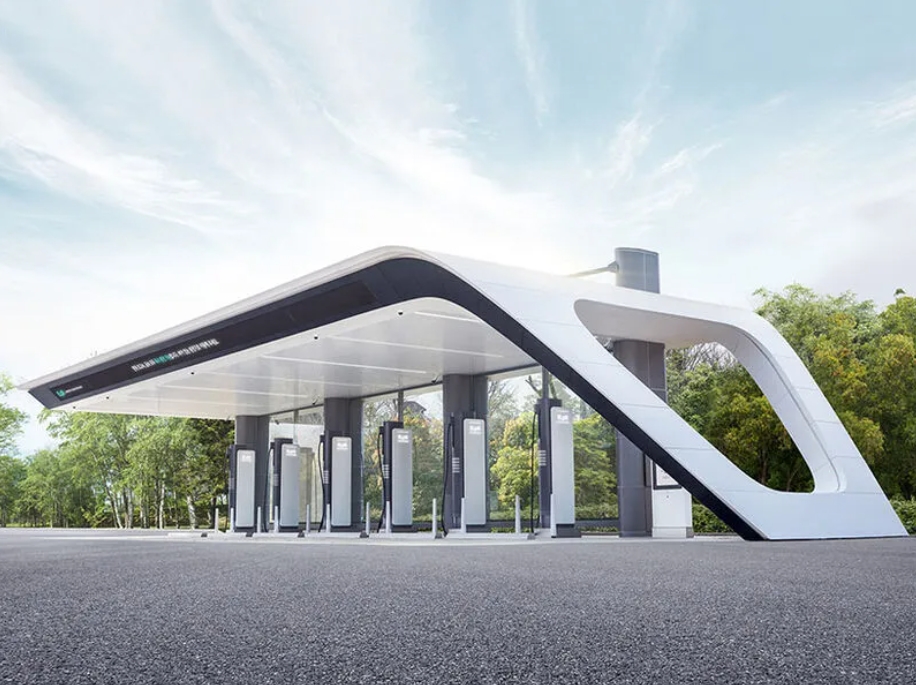Analyzing the global landscape of EV charging station reveals a dynamic and rapidly evolving ecosystem driven by various factors, including market demand, technological advancements, policy initiatives, and industry dynamics. Here are some key aspects to consider:

- Market Growth and Adoption: The global EV charging station market has experienced significant growth in recent years, fueled by the increasing adoption of electric vehicles worldwide. As more consumers and businesses transition to electric mobility, the demand for charging infrastructure continues to rise. Market analysts project robust growth in the EV charging station market, driven by factors such as supportive government policies, advancements in charging technology, and expanding EV fleets.
- Regional Variances: The landscape of EV charging station varies significantly from region to region, influenced by factors such as infrastructure development, regulatory frameworks, consumer preferences, and market maturity. In regions with high levels of EV adoption and supportive policies, such as Europe and China, the EV charging infrastructure is more extensive and advanced compared to other regions. North America, particularly the United States, also has a growing network of EV charging station, although deployment varies by state and locality.
- Charging Infrastructure Types: EV charging infrastructure encompasses a variety of EV charging station types, including Level 1 (120 volts), Level 2 (240 volts), and DC fast chargers. Level 1 chargers are typically used for residential charging, while Level 2 chargers are common in public and commercial settings. DC fast chargers, which provide rapid charging capabilities, are essential for long-distance travel and highway corridors. The distribution of EV charging station by type depends on factors such as charging speed requirements, user preferences, and infrastructure investments.
- Public and Private Networks: EV charging station is operated by a mix of public and private entities, including utilities, charging network operators, municipalities, businesses, and property owners. Publicly accessible EV charging station IS often deployed in high-traffic areas such as urban centers, shopping malls, airports, and transportation hubs. Private EV charging station, including workplace chargers and residential units, cater to the charging needs of specific users and locations.
- Charging Business Models: EV Charging station operators employ various business models to monetize EV charging infrastructure, including pay-per-use pricing, subscription-based plans, membership programs, and advertising partnerships. Some charging networks offer free charging to incentivize EV adoption or as a value-added service for customers. The emergence of new business models, such as energy storage integration, demand response, and vehicle-to-grid services, is reshaping the economics of EV charging station.
- Technology Trends: Technological advancements in EV charging station is driving innovation and improving the efficiency, reliability, and user experience of charging infrastructure. Key technology trends include ultra-fast charging, wireless charging, bidirectional charging, smart charging solutions, and integration with renewable energy sources. These advancements aim to address challenges such as charging speed, grid integration, interoperability, and energy management.
- Policy and Regulation: Government policies and regulations play a critical role in shaping the landscape of EV charging stations, influencing factors such as infrastructure deployment, investment incentives, interoperability standards, and environmental goals. Policies may include mandates for charging infrastructure deployment, financial incentives for EV adoption, tax credits for EV charging station installations, and emissions regulations that promote electric mobility.
In summary, the global landscape of EV charging stations is characterized by rapid growth, regional variances, diverse infrastructure types, public and private networks, evolving business models, technological innovation, and policy influence. As electric mobility continues to gain traction worldwide, the deployment of charging infrastructure will play a crucial role in supporting the widespread adoption of electric vehicles and driving the transition to a cleaner, more sustainable transportation system.
